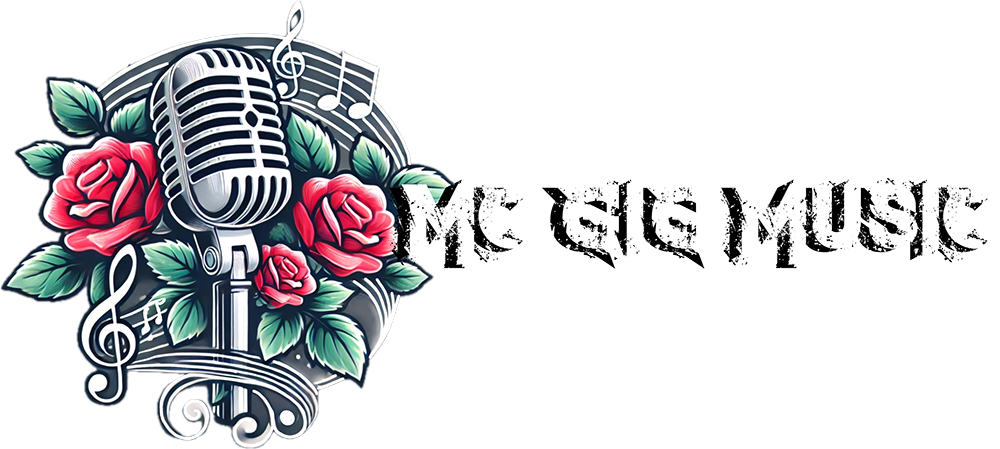Throughout 2024, and marking three full moons, Harvestman (a.k.a. Steve Von Till) will be presenting his ambitious Triptych project, a three-part album cycle. This album trilogy is a distillation of a unique approach that finds a continuity amongst the fragmented, treating all its myriad musical sources and reference points not as building bricks, but as tuning forks for a collective ancestral resonance, residing in that liminal space between the fundamental and the imaginary, the intrinsic and the speculative.
Harvestman announces the completion of the trilogy with the arrival of Triptych Part Three on 17th October via Neurot Recordings to coincide with the Hunter Moon. The album features very special guests, including The Bug, Wayne Adams, Sanford Parker and Al Cisneros – to name a few.
Alongside the announcement, Harvestman leads with the track, “Clouds Are Relative (The Bug – Amtrak Dub Mix)”, which sees The Bug, a master of monolithic sound, put his own deep and earth-rumbling take on the opening track. The music is brought to life with visuals and animations from Thomas Hooper.
About the lead track, “Clouds Are Relatives (The Bug “Amtrak Dub Mix”) Steve Von Till says; “with the original version of this track (the third piece of the series with Al’s bass) I wanted to replace my original percussion tracks with something better, so I called upon Wayne Adams of Petbrick since I had recently contributed vocals to one of their songs. He came up with a really heady combination of live drums and glitchy electronic drums. It added an alternative unique dimension, I wouldn’t have come up with on my own. When it came time to dub this track, my first attempt didn’t feel right, so I reached out to Kevin Martin aka The Bug to see if he would be into giving it a go. What you hear is the end result: a deep, dark dub by a master.”
If Triptych is a multi- and extra-sensory experience, it extends to the remarkable glyph-style artwork of Henry Hablak, a map of correspondences from a long-forgotten ancient and advanced civilization. As with Triptych itself, it’s an echo from another time, an act of binding, a guide to be endlessly reinterpreted, and a signpost to the sacred that might not indicate where to look, but how.

